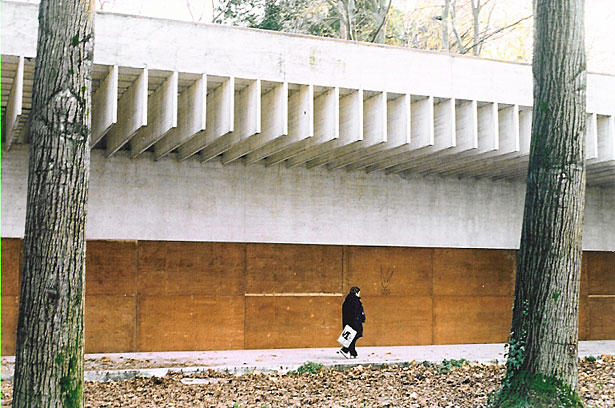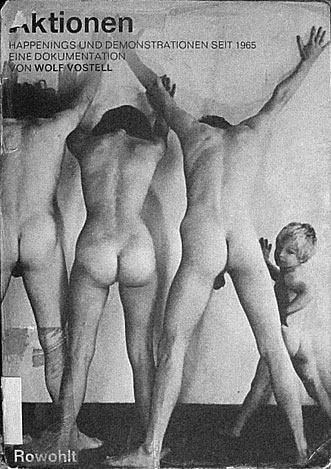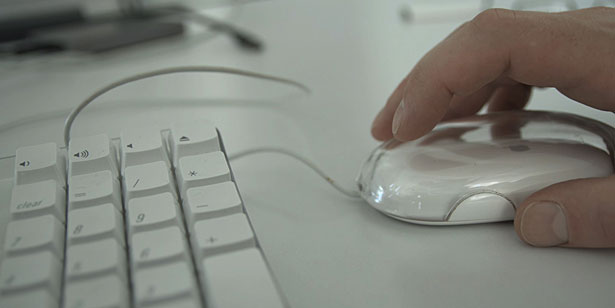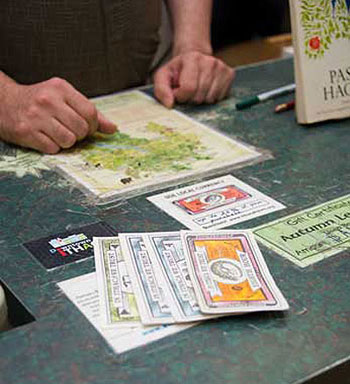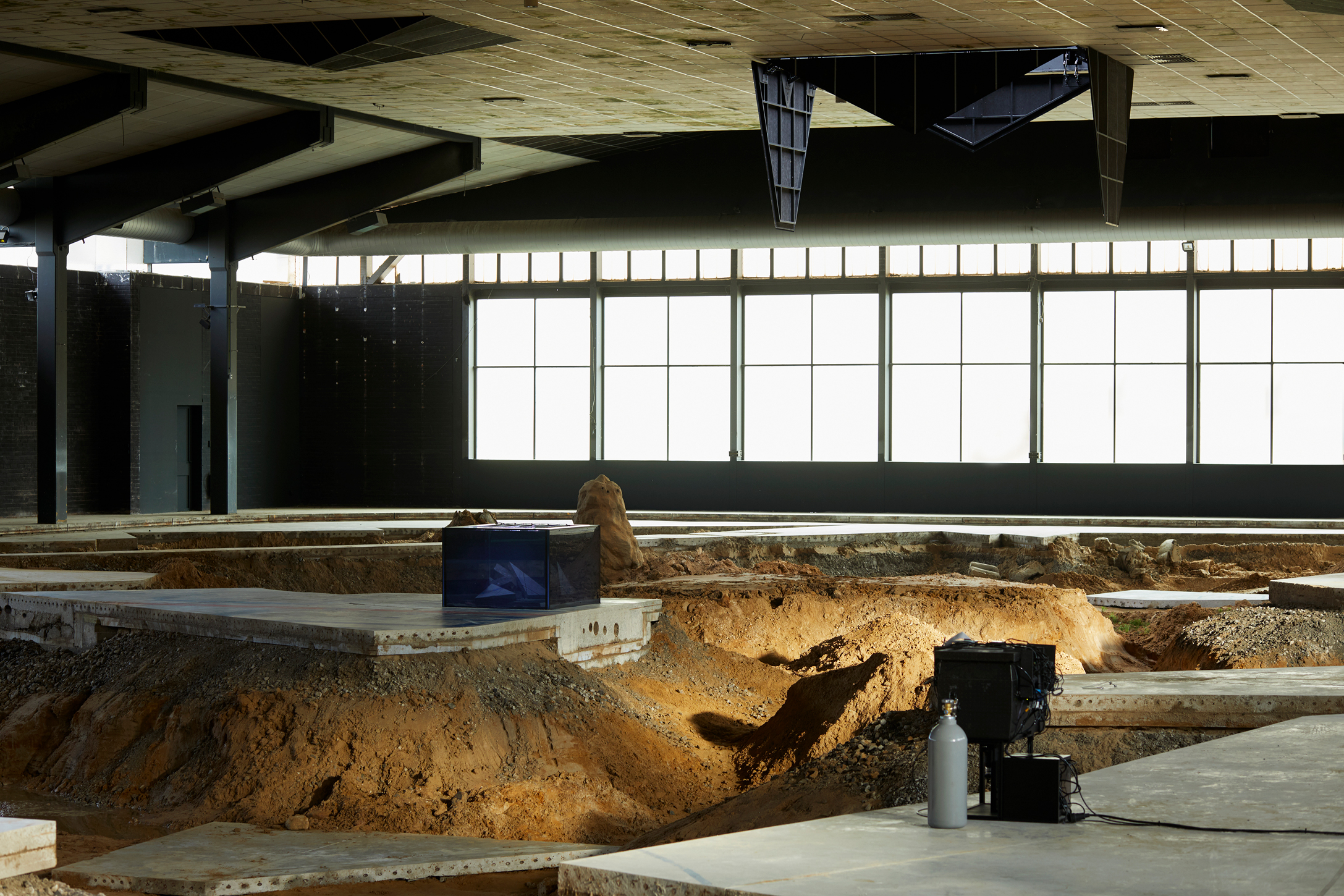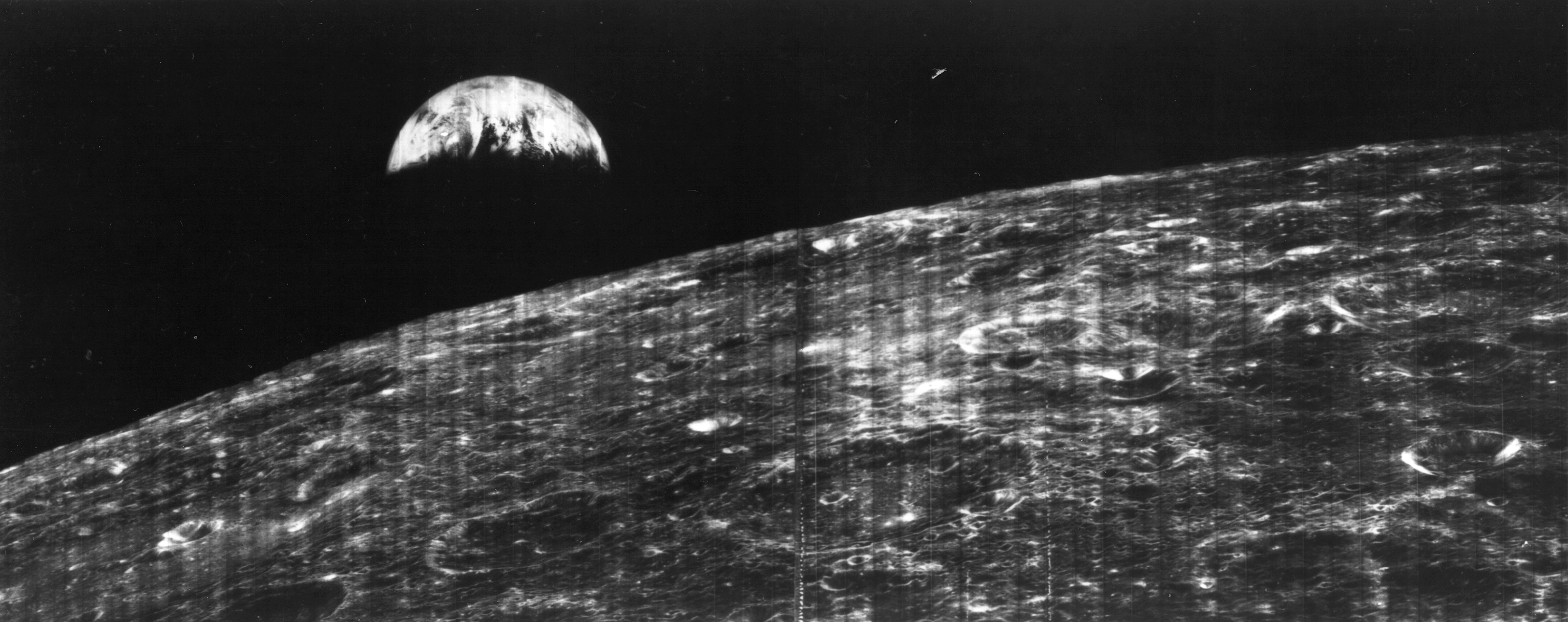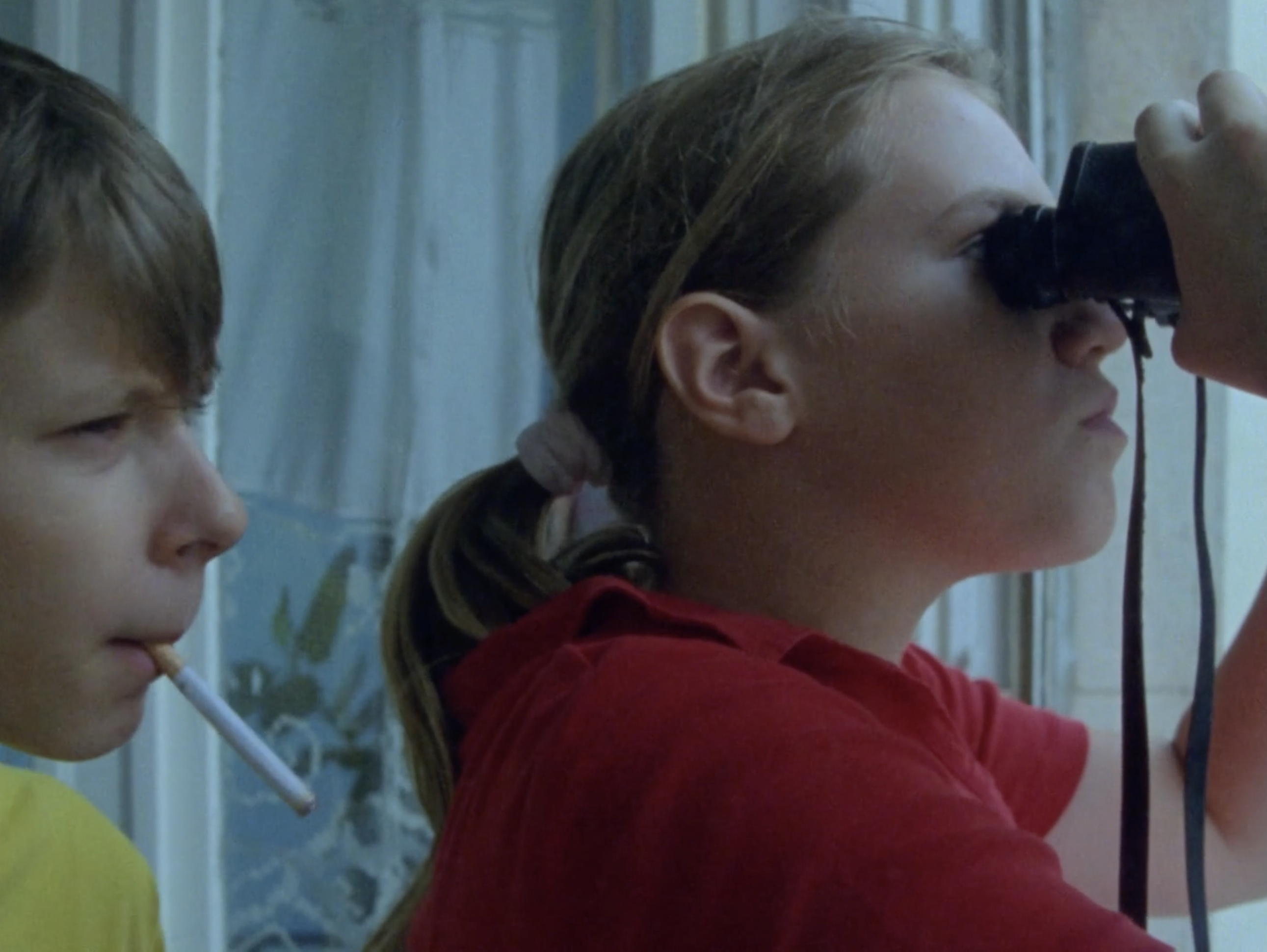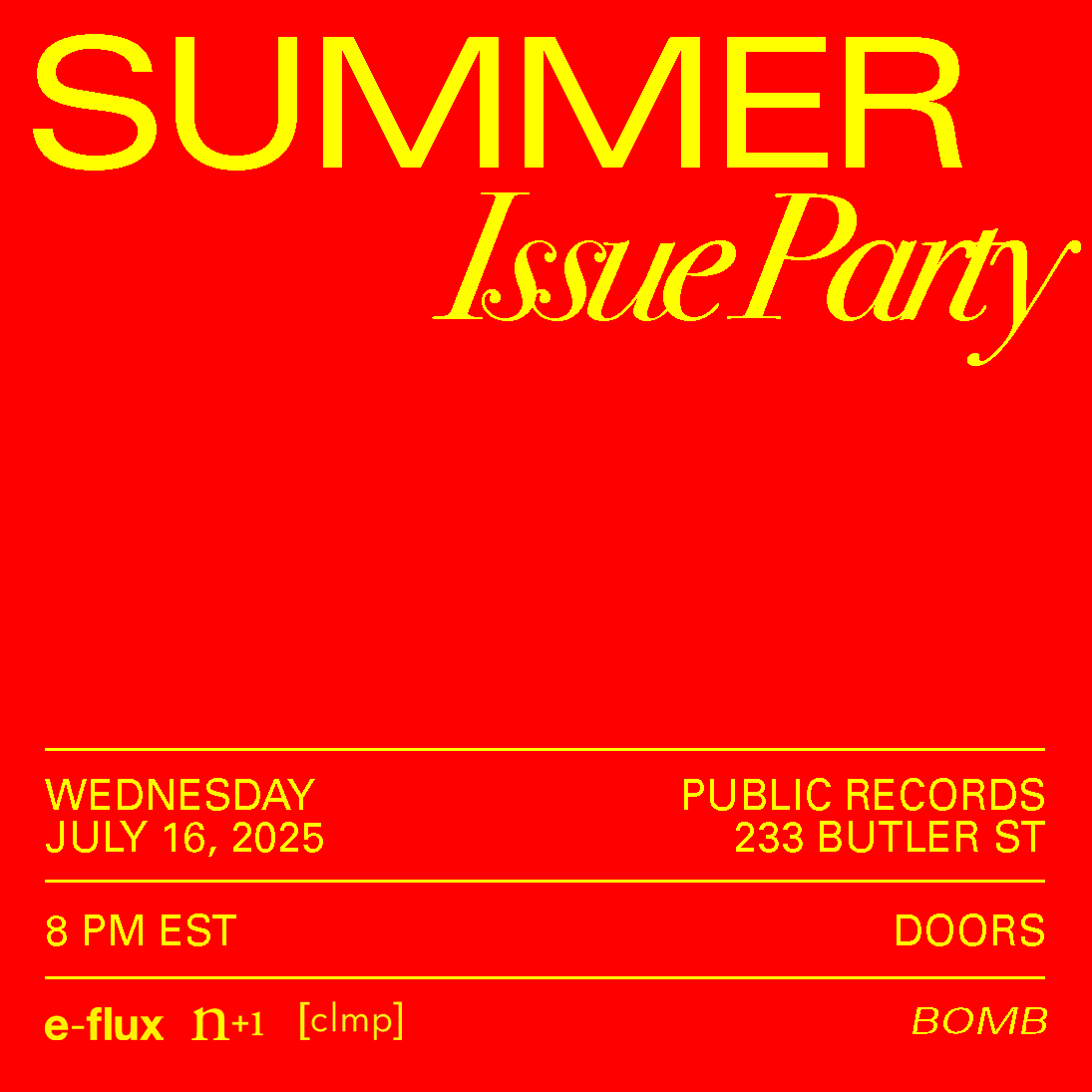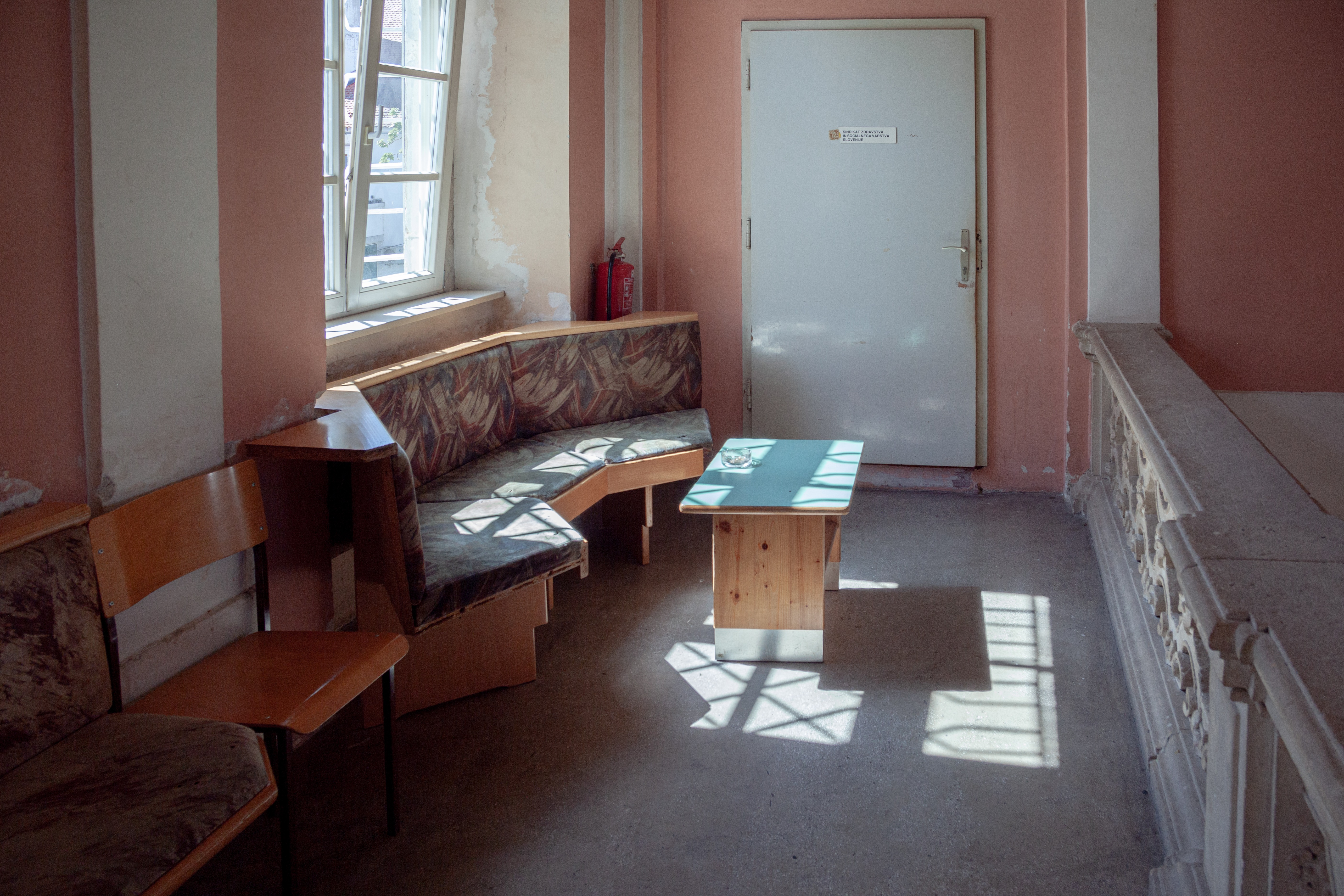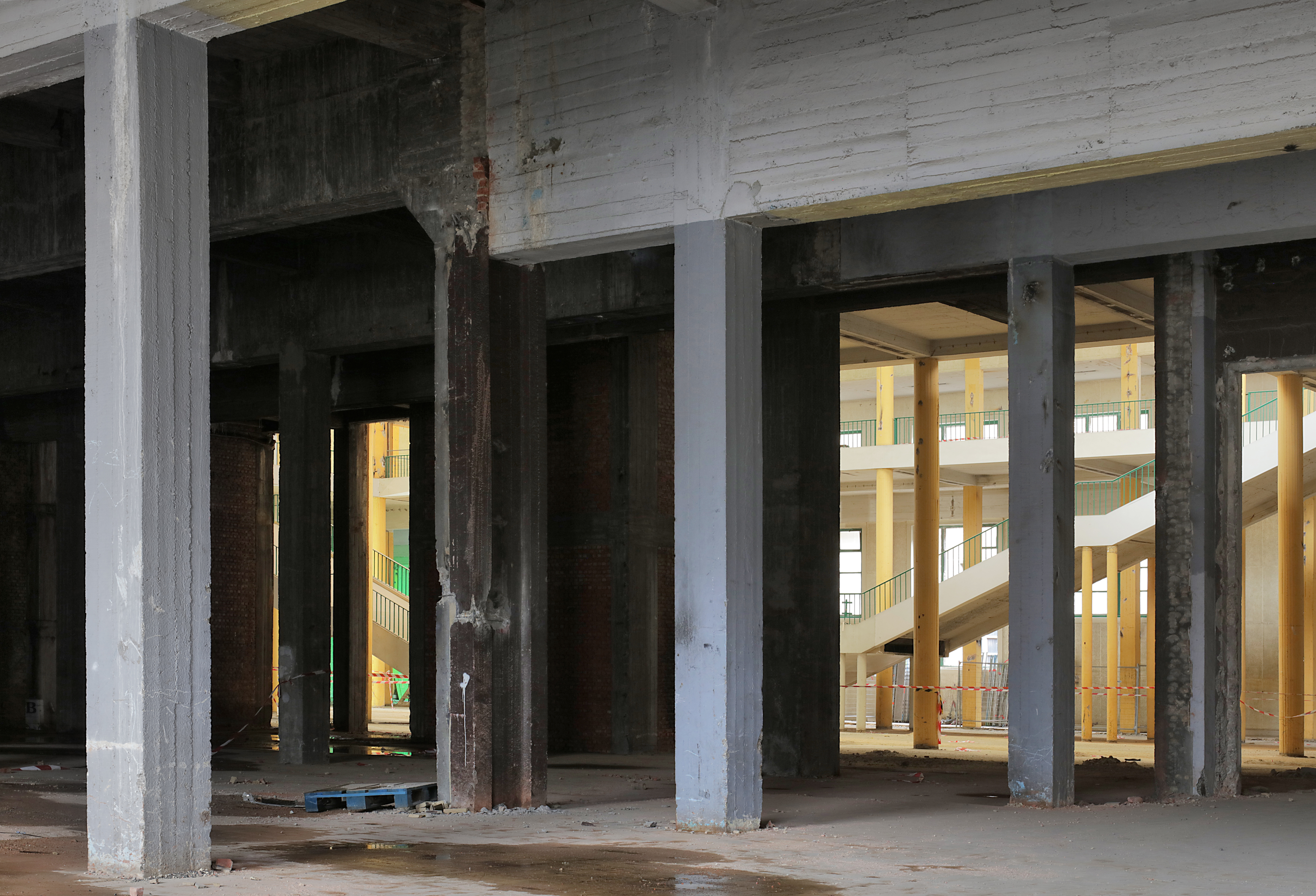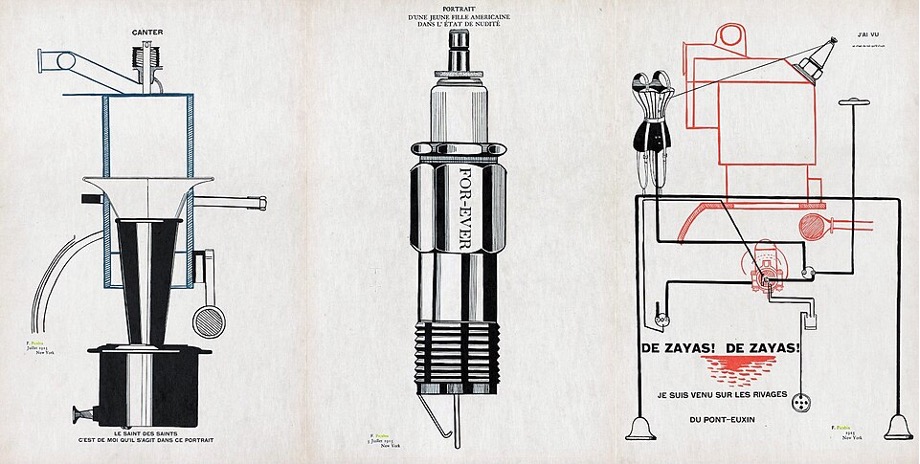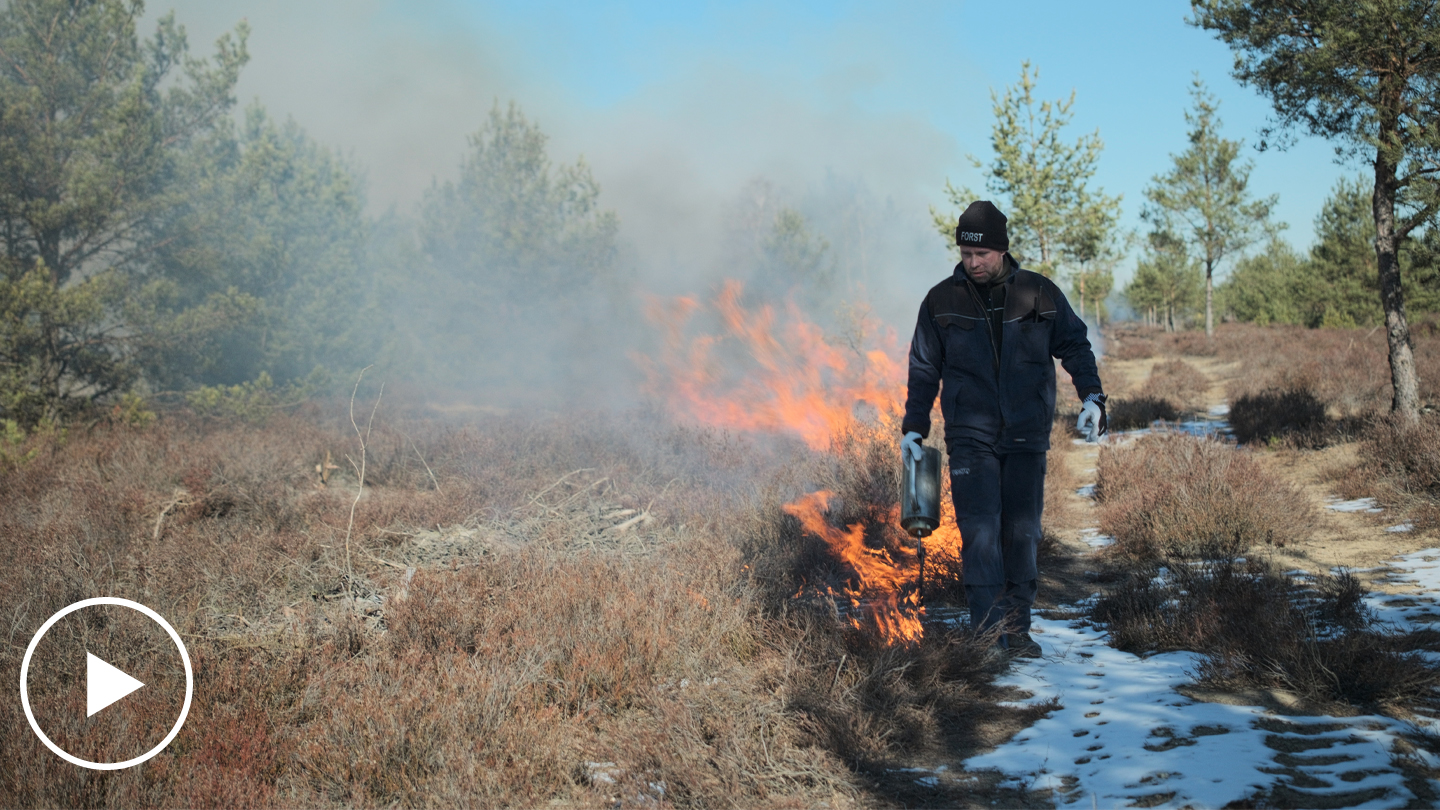In this symbolic and material economy, black and brown women’s lives are made precarious and vulnerable, but their fabricated superfluity goes hand in hand with their necessary existence and presence. They are allowed into private homes and workplaces. But other members of superfluous communities—such as the families and neighbors of these workers—must stay behind the gates, unless they are willing to risk being killed by state police violence and other forms of the militarization of green and public spaces for the sake of the wealthy. For these workers, the special permit to enter is based both on the need for their work and on their invisibility. Women of color enter the gates of the city, of its controlled buildings, but they must do it as phantoms. Racialized women may circulate in the city, but only as an erased presence.
Exhaustion

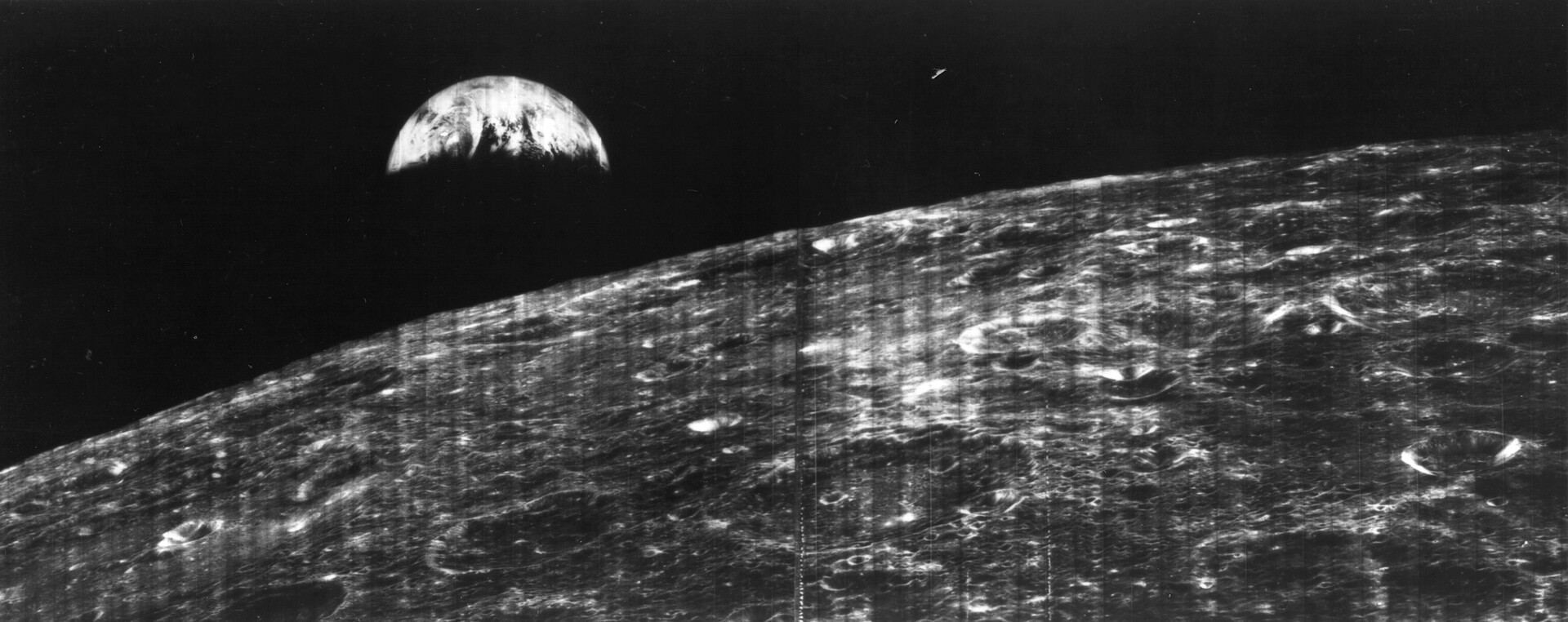
“You must go on, I can't go on, I'll go on.”
—Samuel Beckett, The Unnamable
Nowadays, the different aspects of daily life are crossed by a certain kind of fatigue in which we are immersed while we continue to move. From the work environment to the experience of public life, we are constantly driven by the extractivist logic of hyper-productivity and hyper-mobility. In this sense, a useful concept is that of exhaustion, which allows us to problematize the constant request to be active and performative.
In a moment in which people, natural resources, and energies are being fully drained, how can we see the issue of exhaustion as an opportunity for action and not just as a limiting factor? Is it possible to imagine other ways through which exhaustion can become a creative technique that challenges the redundant rhetoric for which “there is no alternative?”
If Google Earth or a satellite view of the garbage patch proves to be an impossible undertaking, it is because the plastics suspended in oceans are not a thick choking layer of identifiable objects but more a confetti-type array of suspended plastic bits. Locating the garbage patch is on one level bound up with determining what types of plastic objects collect within it and what effects they have. Yet on another level, locating the garbage patch involves monitoring its shifting distribution and extent in the ocean. The garbage patch is not a fixed or singular object, but a society of objects in process. The composition of the garbage patch consists of plastics interacting across organisms and environments. But it also moves and collects in distinct and changing ways due to ocean currents, which are influenced by weather and climate change, as well as the turning of the earth (in the form of the Coriolis effect) and the wind-influenced direction of waves (in the form of Ekman transport). As an oceanic gyre, the garbage patch moves as a sort of weather system, shifting during El Niño events, and changing with storms and other disturbances. Ocean sensing then requires forms of monitoring that work within these fluid and changeable conditions.
In his 1934 book Art as Experience, John Dewey understood the organism’s continuous negotiation with its environment in a related way. Sensuous experience, for the American pragmatist philosopher, is essential in the lessening of discomfort or the increase of well-being. It is integral to the aesthetic experience common to all life—an experience which gives rise to expressive forms and can be understood as the organismic precondition of art. Put another way, for Dewey, art is an artificial separation of the aesthetic sensibilities that suffuse and structure the experience of life-forms in the living world.
Sense-making (Besinnung) cannot be restored through the negation of planetarization. Rather, thinking has to overcome this condition. This is a matter of life and death. We may want to call this kind of thinking, which is already taking form but has yet to be formulated, “planetary thinking.”


